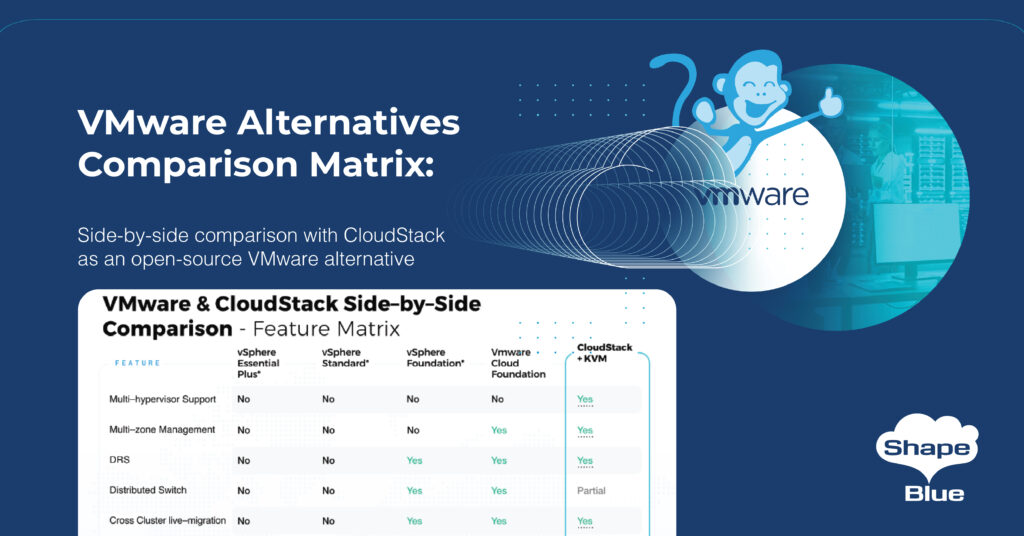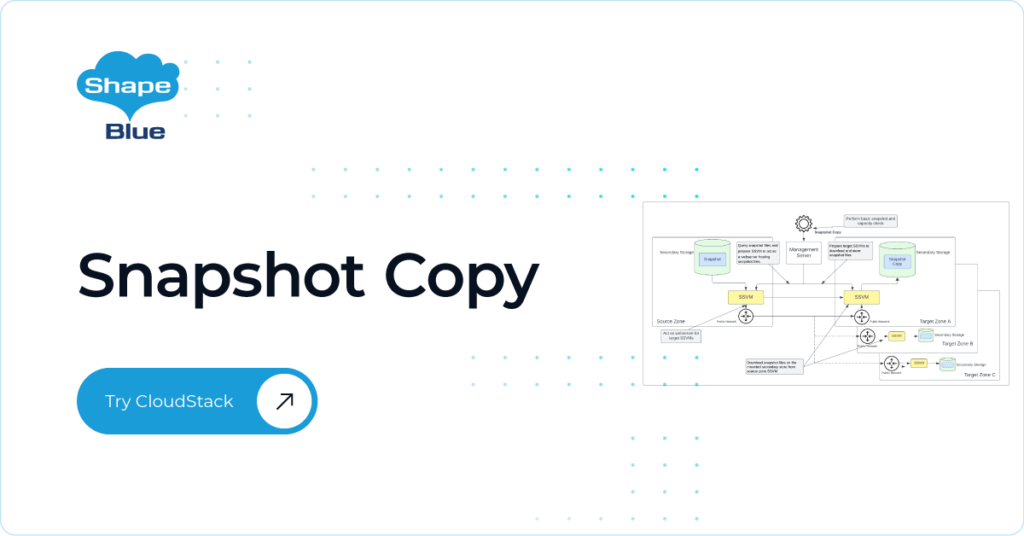 This feature allows admins to expose the hypervisor host name to a User VM instance either through Config Drive or Virtual Router, based on the user data provider chosen for the network offering on which the VM instance is deployed.
This feature allows admins to expose the hypervisor host name to a User VM instance either through Config Drive or Virtual Router, based on the user data provider chosen for the network offering on which the VM instance is deployed.
To expose this information, the new Global configuration “global.allow.expose.host.hostname“ and the new Account scope configuration value “account.allow.expose.host.hostname” must be set to true. Once set, the hypervisor host name will be visible after VM creation, migration or reboot.
If ConfigDrive is the user data provider, we need to firstly mount the config drive iso in the VM instance. After setting the config flags to true and performing an operation on a VM (create, migrate, etc.) a new file (hypervisor-host-name.txt) will be created under <mount_path>/cloudstack/metadata/ containing the hypervisor host name. If either of the configuration flags were set to false on mounting the iso in the user VM, then this file will not be created. To reflect the correct value of the hypervisor hostname, one must unmount and re-mount the iso.
If Virtual Router is the user data provider, a new file (hypervisor-host-name) will be created in the VR at /var/www/html/metadata/<VM_IPAddress>/ on setting the config flags to true. This information can also be accessed from the VM instance via http using: curl http://<Gateway_IP>/latest/meta-data/hypevisor-host-name. After having changed the configuration values, an operation on a VM (create, migrate, etc.) is required to expose the hypervisor host name in the VM.
This feature will be available as of Apache CloudStack 4.15, which will be an LTS release.
Pearl is a quality and technology driven software engineer, with 5 years’ experience with relevant expertise in providing solutions to the telecom and software industry. Pearl has an excellent grasp of the evolving technologies in the changing telecom space. She is a go-getter, with a flair for learning new technologies. Pearl is based in Bangalore, India. Self-learning and self-motivation are the mantras that she follows to keep herself abreast with new things in her field of work.





